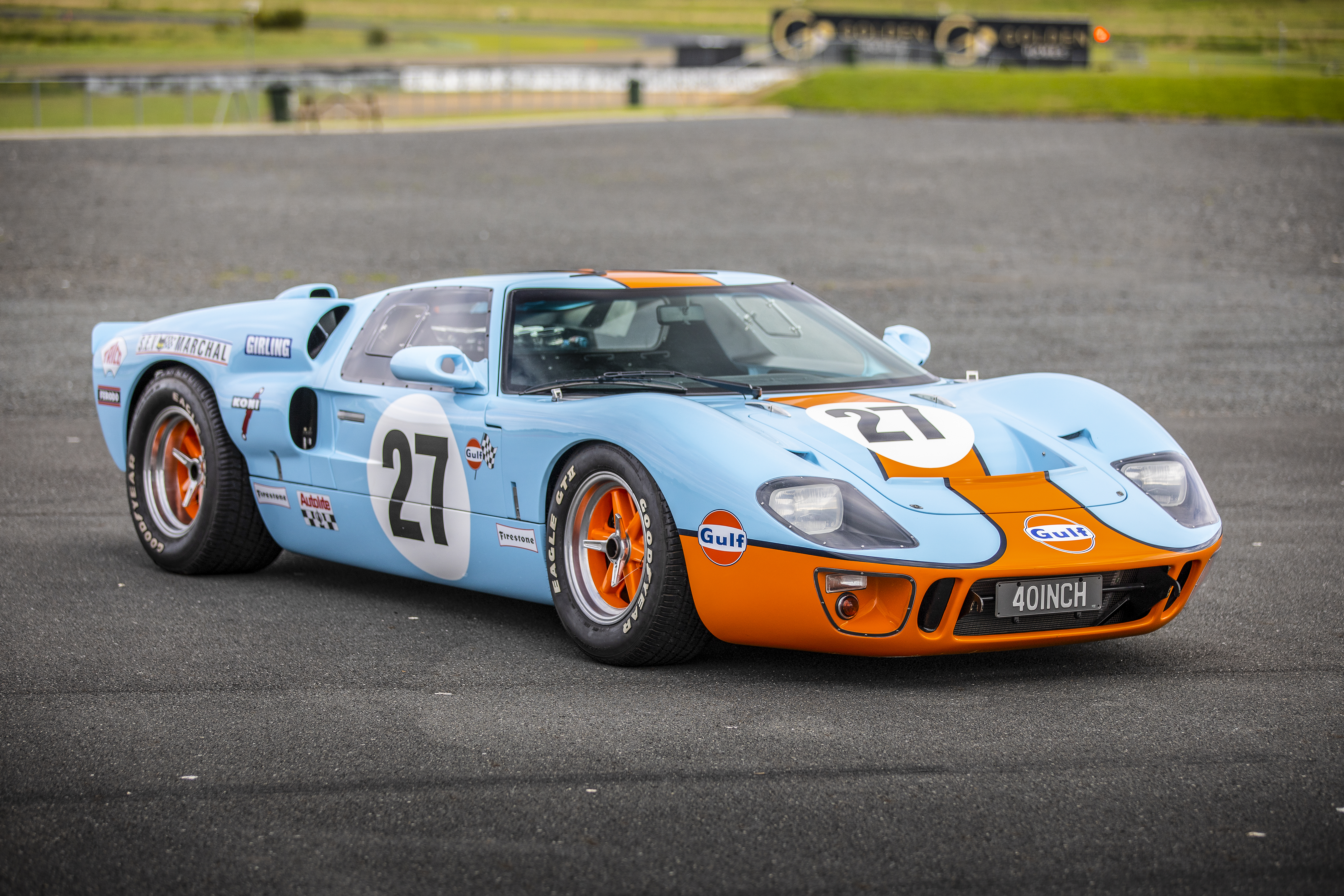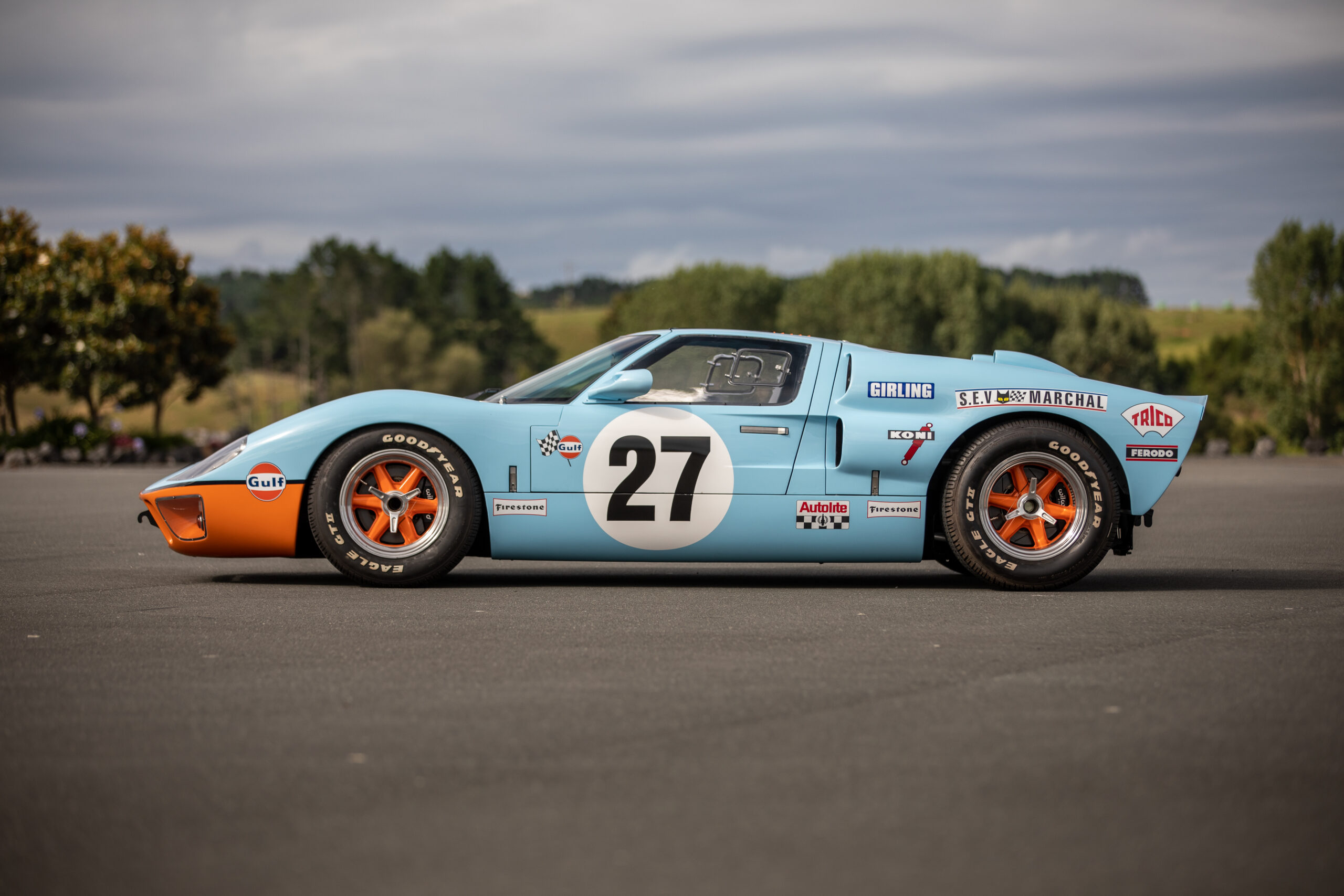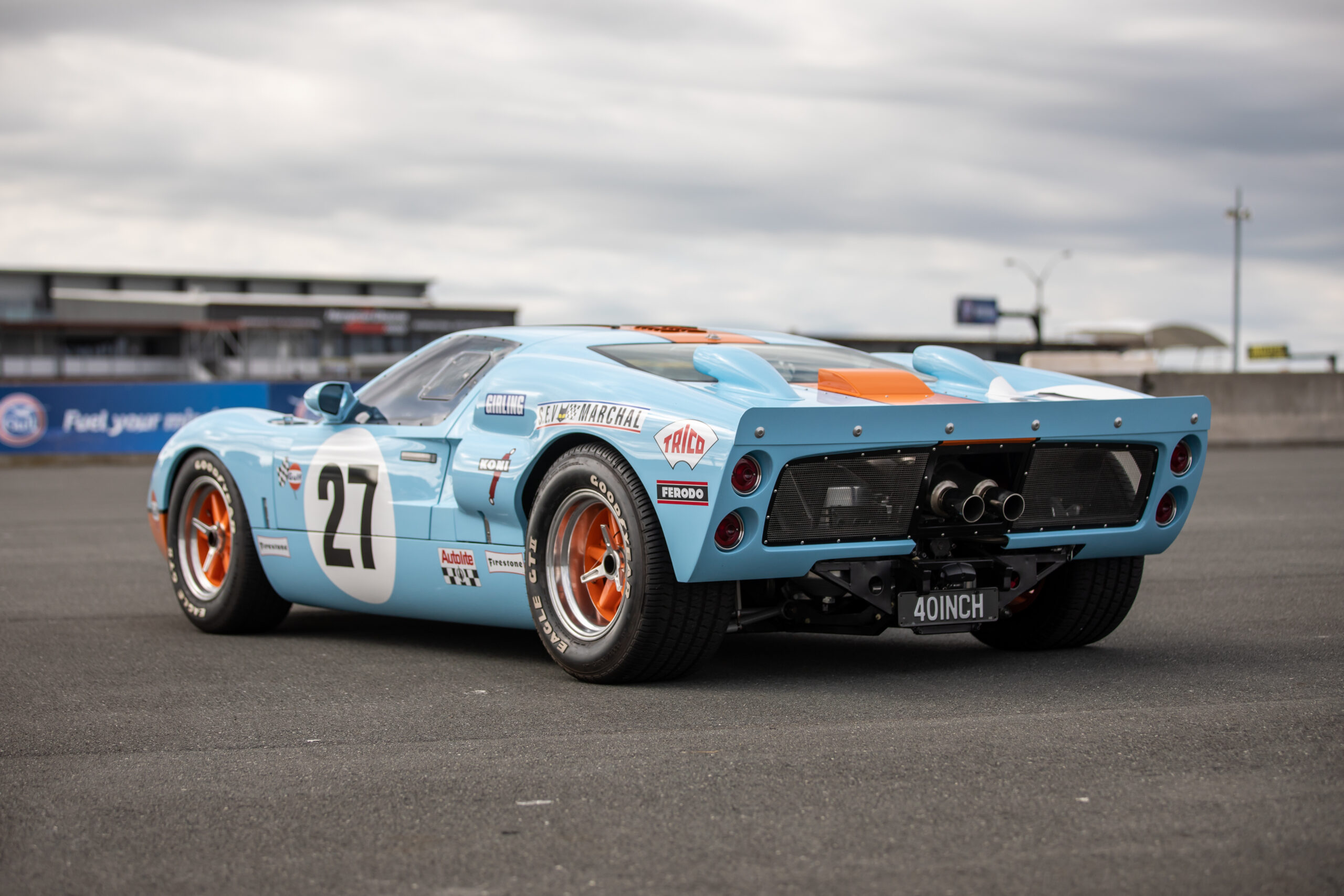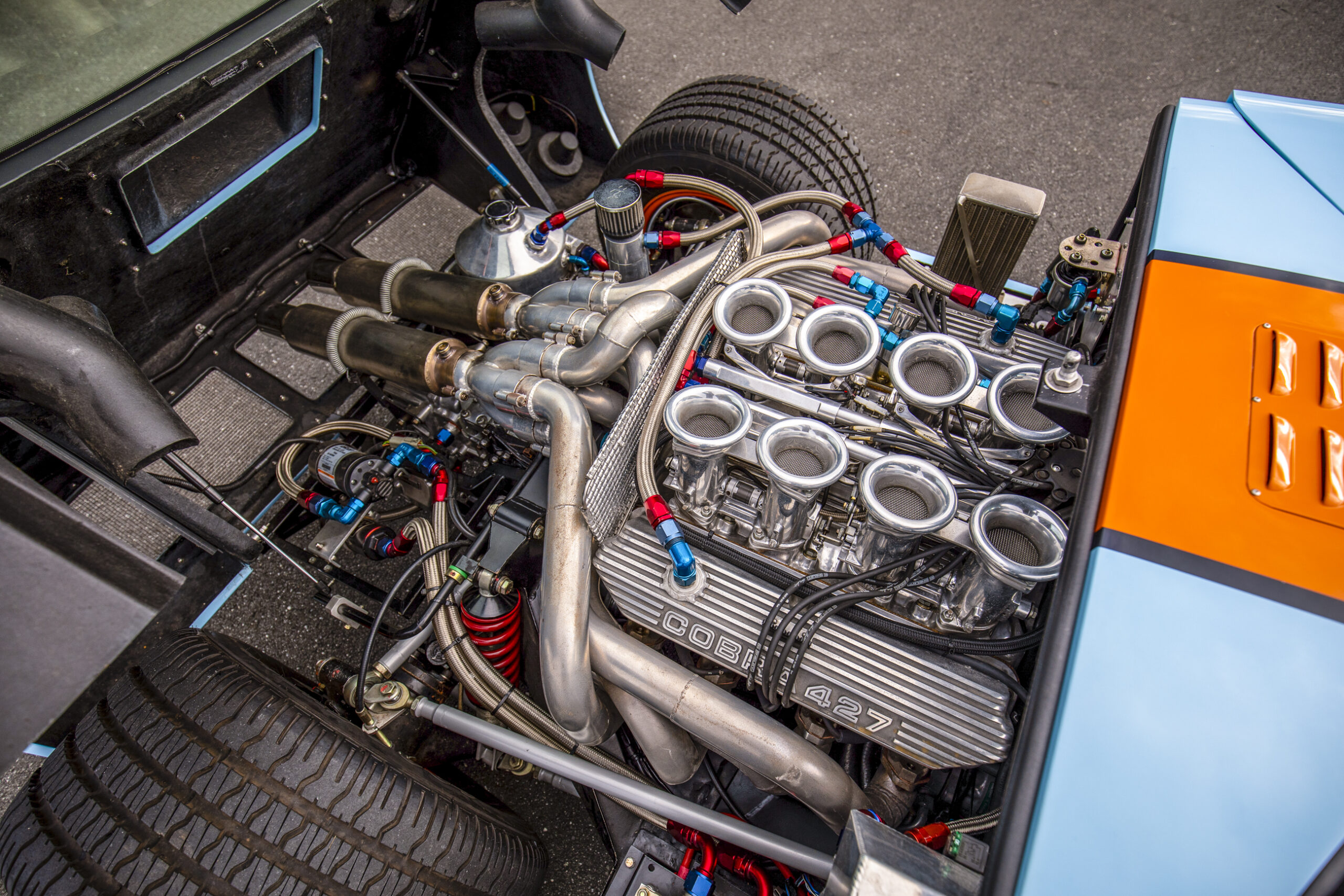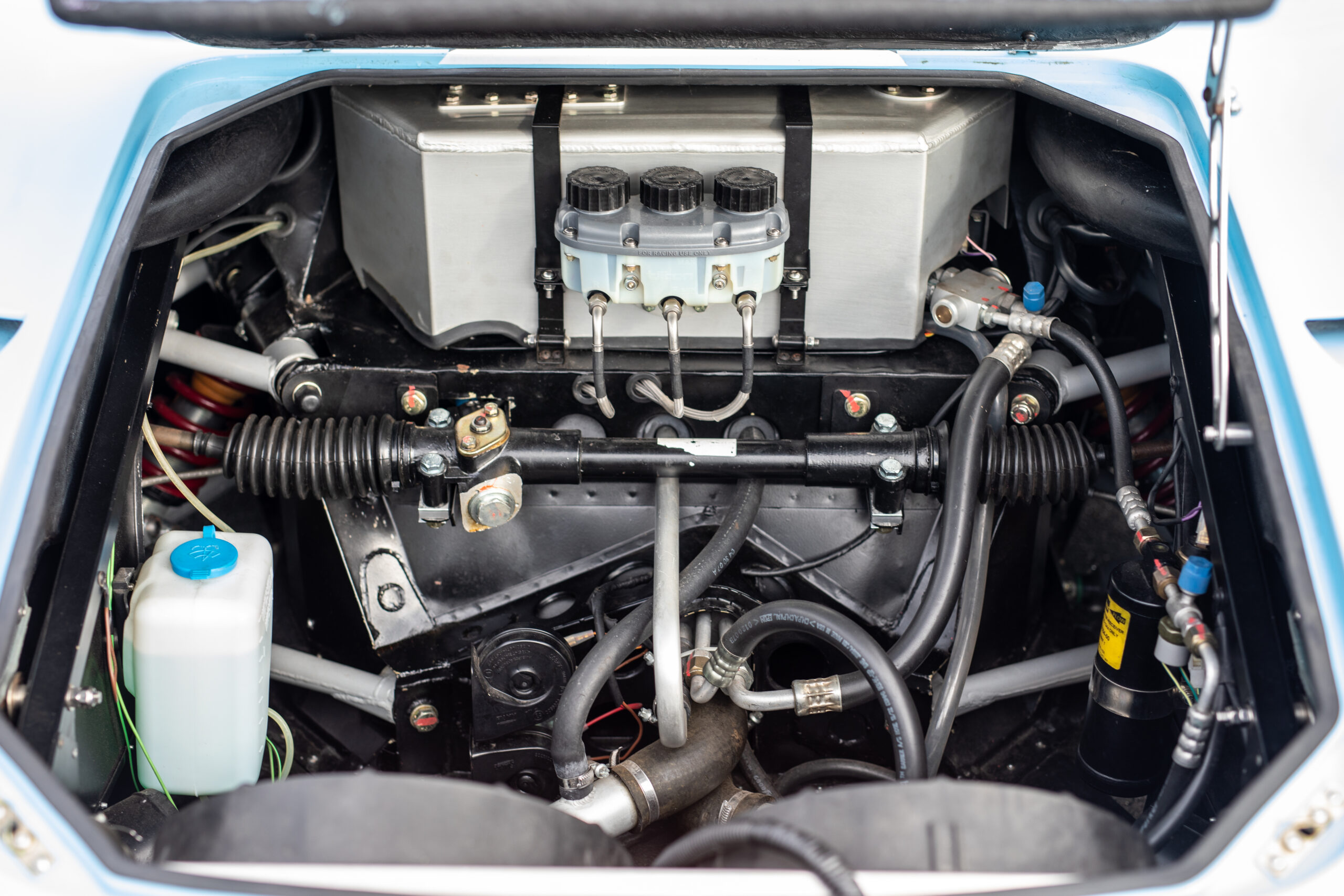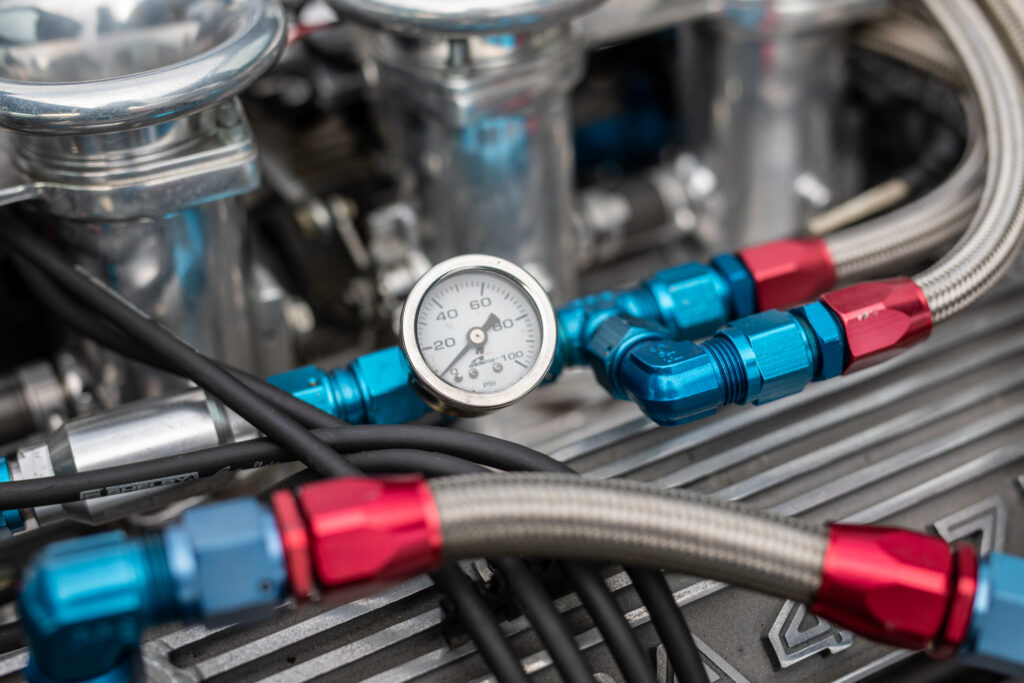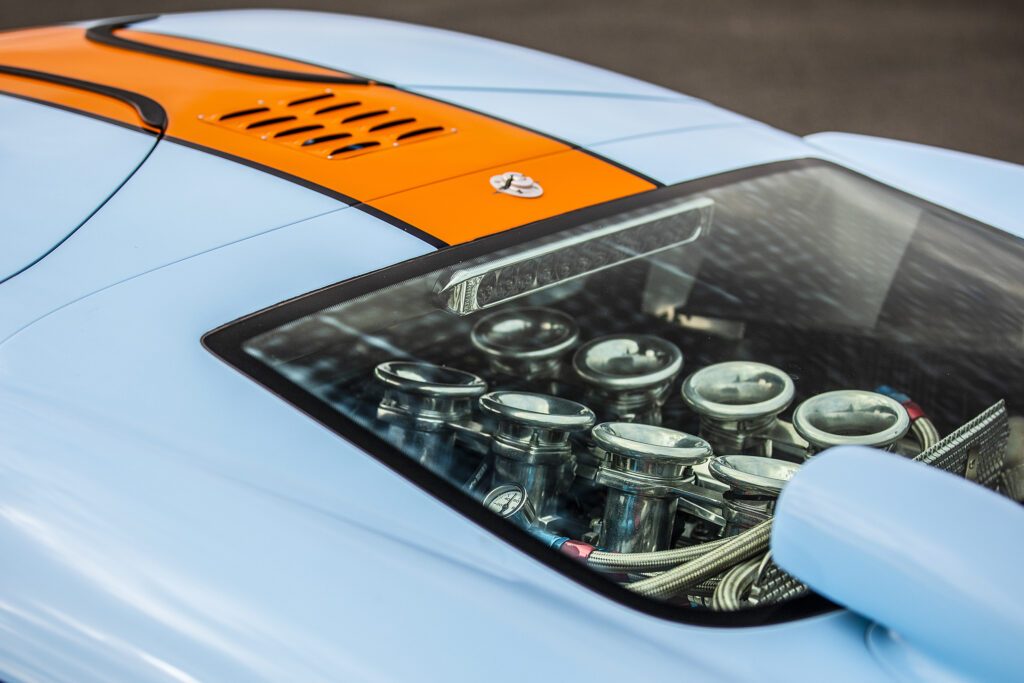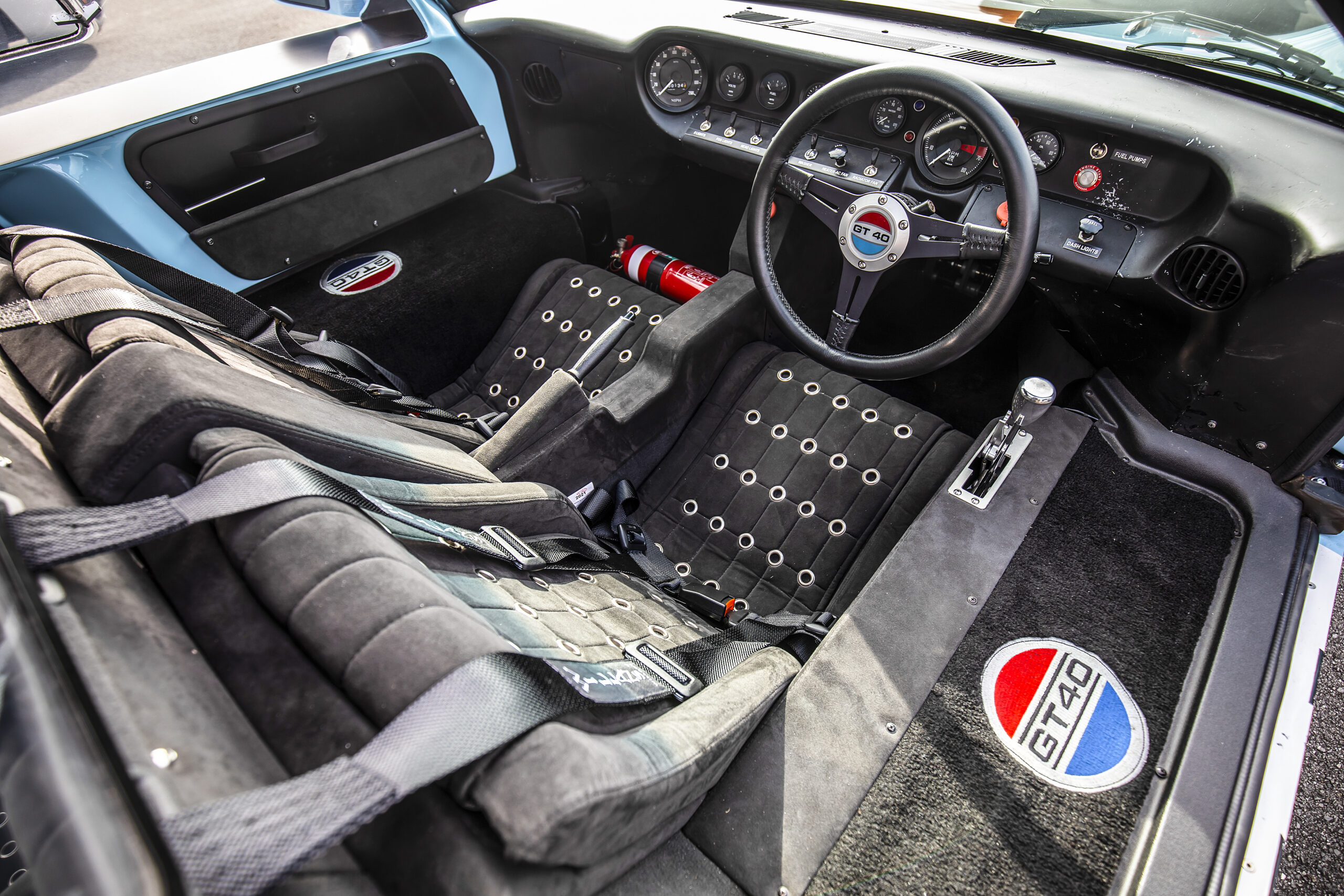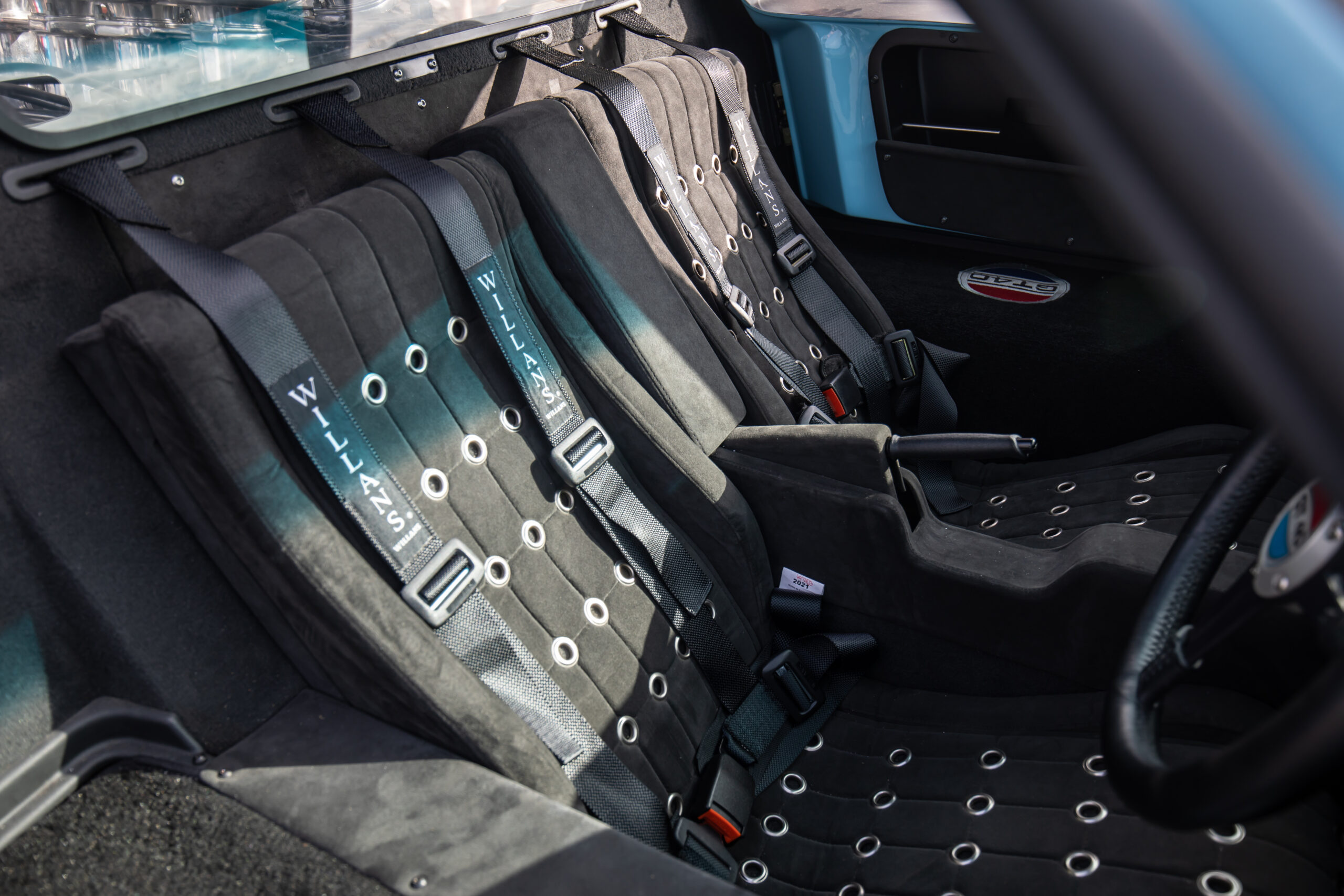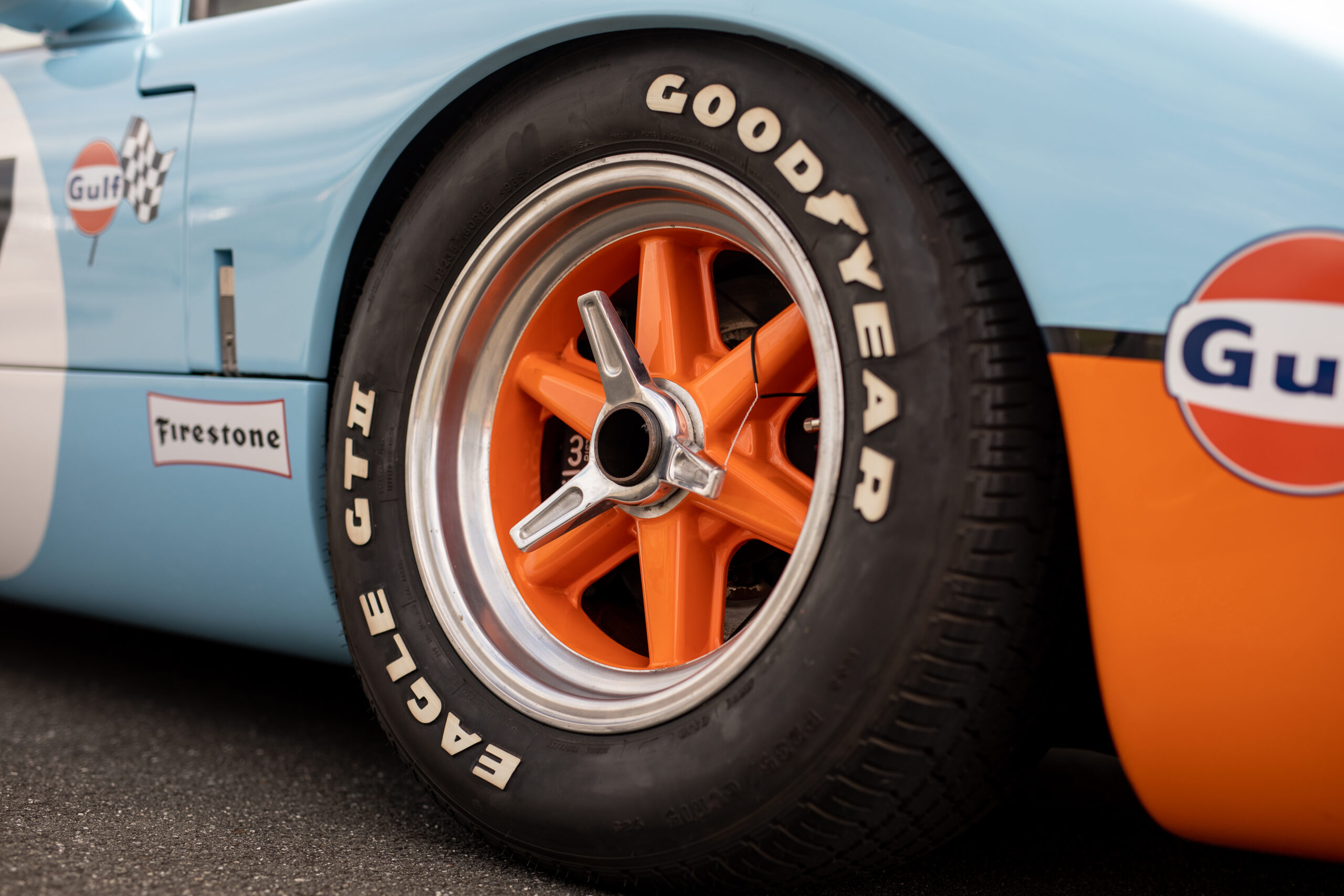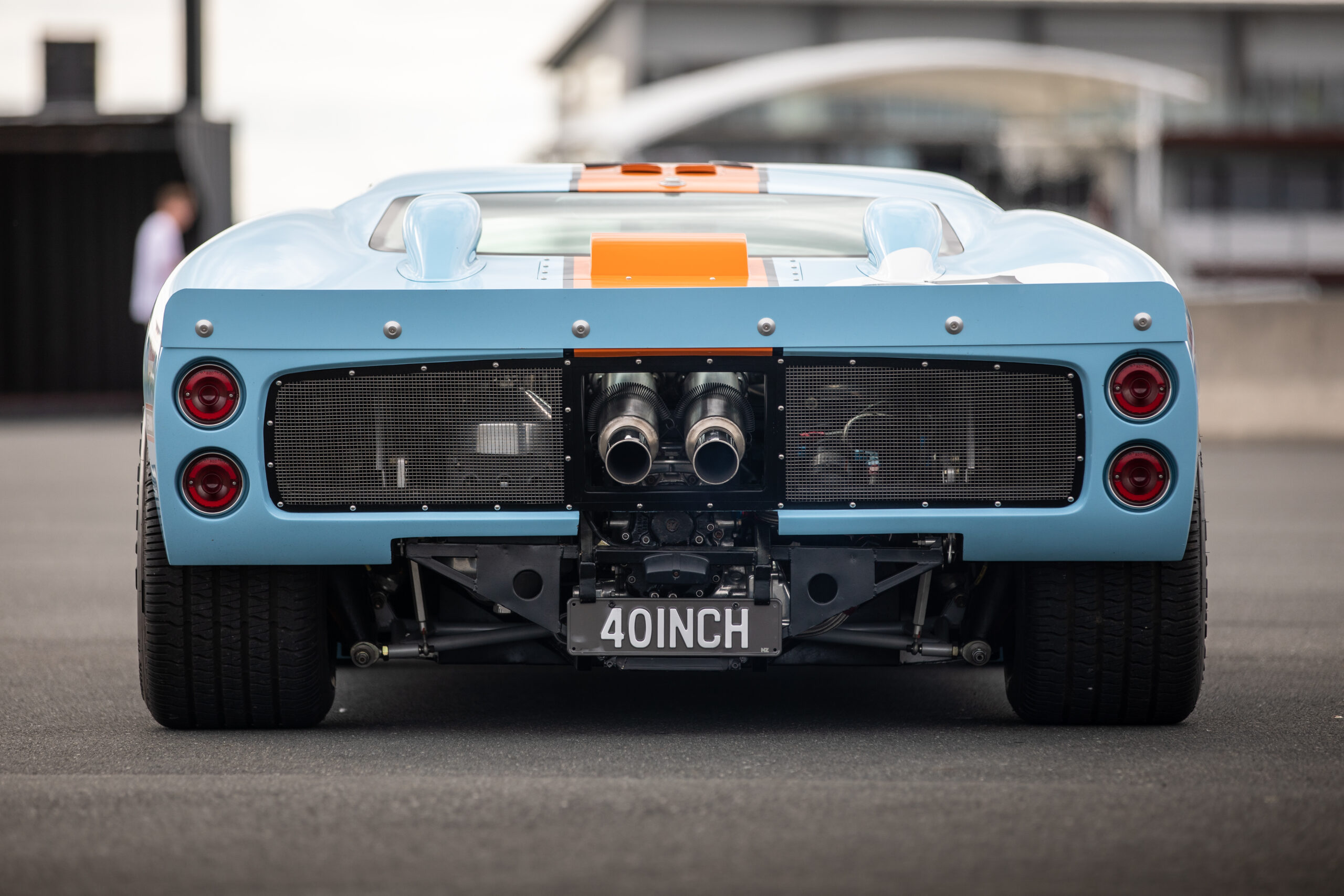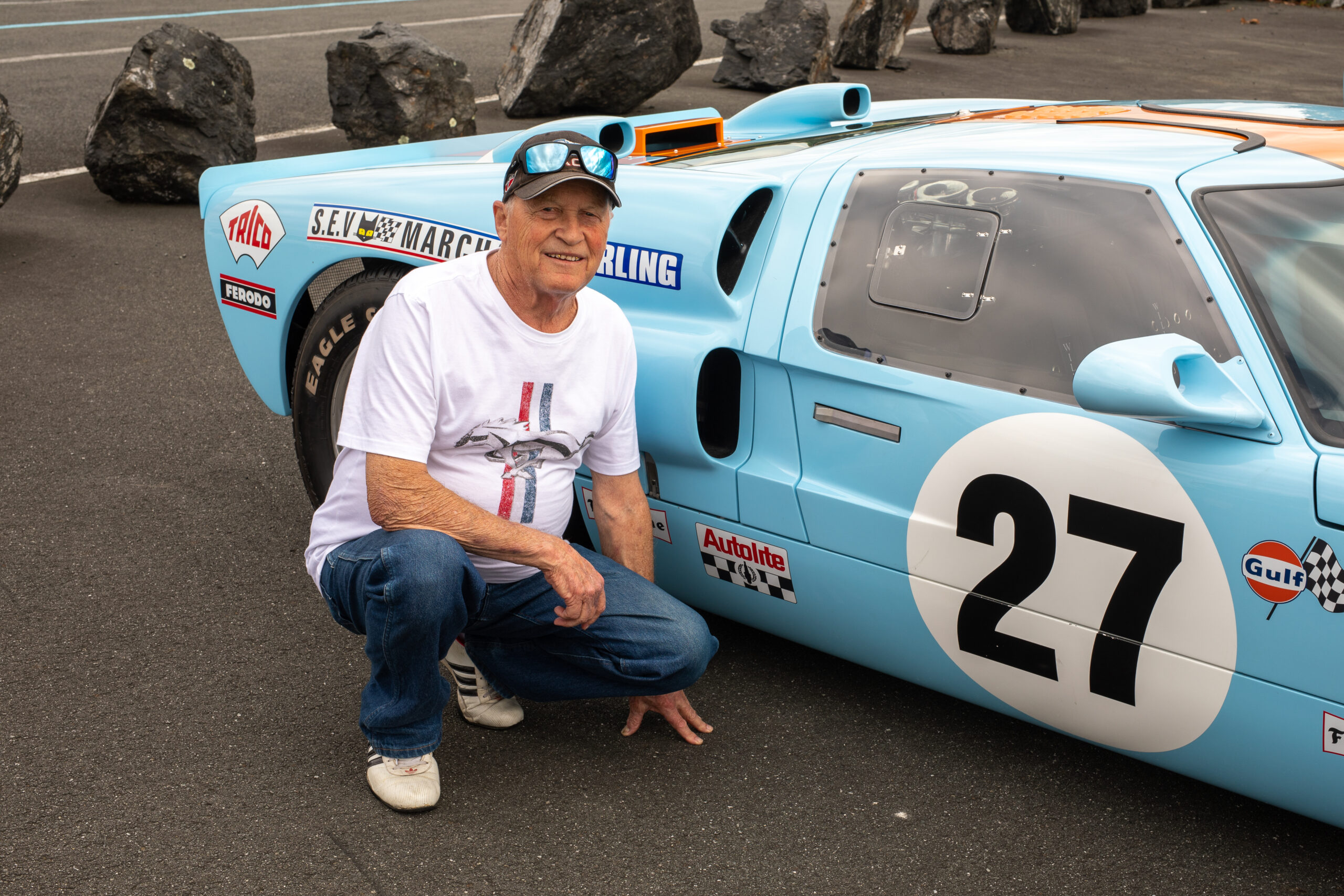Words: Todd Wylie Photos: Glen McNamara
While old Henry Ford may have turned the automotive industry on its head back when the world was in black and white, it was Enzo Ferrari who is partially responsible for one of the most iconic Fords produced. It all harks back to an ill-fated takeover attempt, wherein Ford spent millions of dollars — big money back then — assessing whether Ferrari was viable, only to have Enzo cut off the deal. Out of spite, Henry Ford II set about trying to destroy Ferrari on the racetrack. The plan worked, too, thanks in no small part to a handful of dedicated and talented Kiwis.
Some decades later, Ric Hartnett, an Aucklander who happens to have a thing for mid-engined sports cars and a passion for Fords, decided it was time to complete a lifelong dream of building a GT40 of his own.
Having owned a De Tomaso Pantera, which shares many features with the GT40, but is wrapped in a shell that doesn’t pull at the heartstrings quite as much, for Ric the GT40 was the logical progression to the ultimate Ford-powered sports car. With the original 1966 GT40s being made in limited numbers and costing millions of dollars, Ric’s plan was to build his own version based on one of the many readily available replica bodies. His research into which vehicles would meet his exacting standards led him to Superformance.
From its South Africa-based factory, the company offers a range of GT40 options, including five different body styles. Ric opted for the MkII, which is the most faithful recreation of the body that beat Ferrari across the finish line by taking first, second, and third position in the 1966 24 Hours of Le Mans. The Superformance vehicles are so authentic they have been authorised as continuation cars by Shelby, legally allowing them to use the GT40 name, while all other manufacturers have to call theirs something different for fear of legal repercussions. This means the chassis numbers are recorded on the Shelby register, Ric’s car being chassis P2258.
Superformance itself states that 90 per cent of the parts can be transferred between genuine GT40s and its silhouettes, so precise are its dimensions. In saying all that, Ric never wanted a car that was a 1966 version; he wanted his own slightly more modern twist. Instead of nostalgia, his focus was craftsmanship and style. For this combination of reasons, he brought well known car builder, Ken Hopper, into the fold early in the piece. While most people know Hoppy as the go-to muscle car / race car builder, he was the perfect guy for a project like this.
Although much of the car’s underpinning, including full chassis and suspension set-up, came with the body, Hoppy spent countless hours refining things further to help make Ric’s car New Zealand’s ultimate GT40. That’s a big call, but it’s fair praise for what all involved with the build have achieved.
The build was no overnight project. In fact, it was far from it. With Ric’s business, family, and other commitments, it would be a full 14 years from the time the order was placed for the car until it was deemed 100 per cent finished. Granted, it’s been on the road in some form for five of those years, but Ric wanted it to be perfect, so didn’t call it done until he was satisfied. A large part of the build time can be attributed to sourcing and refining the mechanical package, the key piece being a Shelby-built 427FE side oiler.
Shelby component, even though it uses nothing but entirely new parts, such as an aluminium block and aluminium medium riser heads. It’s not actually displacing 427 cubes, either, but a healthy 482 all up — not that 427 wasn’t plenty in a car that weighs three-fifths of bugger all. Still, Ric knew what he wanted, and has managed to achieve it.
The 58mm throttle bodies sitting atop the motor rightfully stop people in their tracks, almost to the point at which they don’t notice the equally impressive — bundle of snakes — exhaust system. The internals of the engine are equally well thought out, consisting of a 4340 steel crank, forged H-beam rods, and Arias pistons. Lubrication is courtesy of a four-stage dry sump system while cooling is via twin side-mounted oil coolers custom built for the job.
Those throttle bodies up top work in conjunction with a Carter fuel pump that feeds liquid gold to a swirl pot before a Bosch 044 high-pressure pump delivers it to the injectors. An Autronic SM4 ECU was chosen to manage the whole system, which it does to the tune of 600-plus horsepower.
That’s a lot of power in anyone’s book, especially when it needs to be transmitted through a transaxle gearbox, which can often be the Achilles heel of a mid-engine build. Wanting to get on with life and enjoy the car rather than be fixing gearboxes, Ric went all the way to the top with a ZF 5DS-25-2 five-speed transaxle. This was matched with a Tilton external electric oil pump and filled with a 12-inch McLeod clutch complete with billet steel flywheel. Making it all work is the job of a Kennedy alloy bellhousing and uprated Pantera half-shafts.
With drivability in mind, Ric made sure the small cockpit was as comfortable as can be — not the easiest when you’re dealing with such a confined space.
Alcantara upholstery was used throughout, while a plethora of Smiths gauges keeps an eye on the vital specs.
Those who’ve not had the privilege of driving a GT40 may not have noticed the position of the gear shifter — to the right of the driver — or just how ungraceful it is to climb in and out of one of these cars. The cockpit is flanked by two fuel tanks, which force the seats close together, and well … we all know the roof is but 40 inches off the ground. Making matters worse is the design of the doors, which want to chop your head off should you be too tall. However, practicality can play a welcome second part to style when a car looks this good, and performs as well as this does.
Handling wise, drivers such as Hulme, Amon, and McLaren could have only wished their Le Mans-winning vehicles drove as well as this, such is the joy of modern suspension technology. The Eibach adjustable coilovers it runs were unheard of back in 1966, but these days are the perfect complement to the double A-arm front suspension and radius rod rear end. Oversized roll bars on both ends also play their part — not that body roll is an issue when your centre of gravity is almost on the floor.
Similarly, the street-car brakes of today are beyond what the race cars of old could ever have hoped for, in this instance consisting of Wilwood four-pot callipers and 12.75-inch rotors on all four corners along with an adjustable pedal box. When it came to wheels, there was only one natural choice: 15×8-inch and 15×10-inch Halibrands.
The same can be said for the exterior livery; there are few looks as synonymous with motorsport as the famous Gulf Racing colours, and the added graphics make the GT40 look for the world as if it’s ready to hit the curves of Le Mans. Thankfully for us, though, the streets of Auckland are what it calls home and, now, after many years of looking forward to getting behind the wheel, Ric’s dream has been fulfilled.
There are no plans for this car to win races, but we have no doubt it will win the hearts and minds of all those who lay eyes on it, exactly as the originals did all those years ago!
_______________________________________________________________________________________________________
This article originally appeared in NZV8 issue 214





